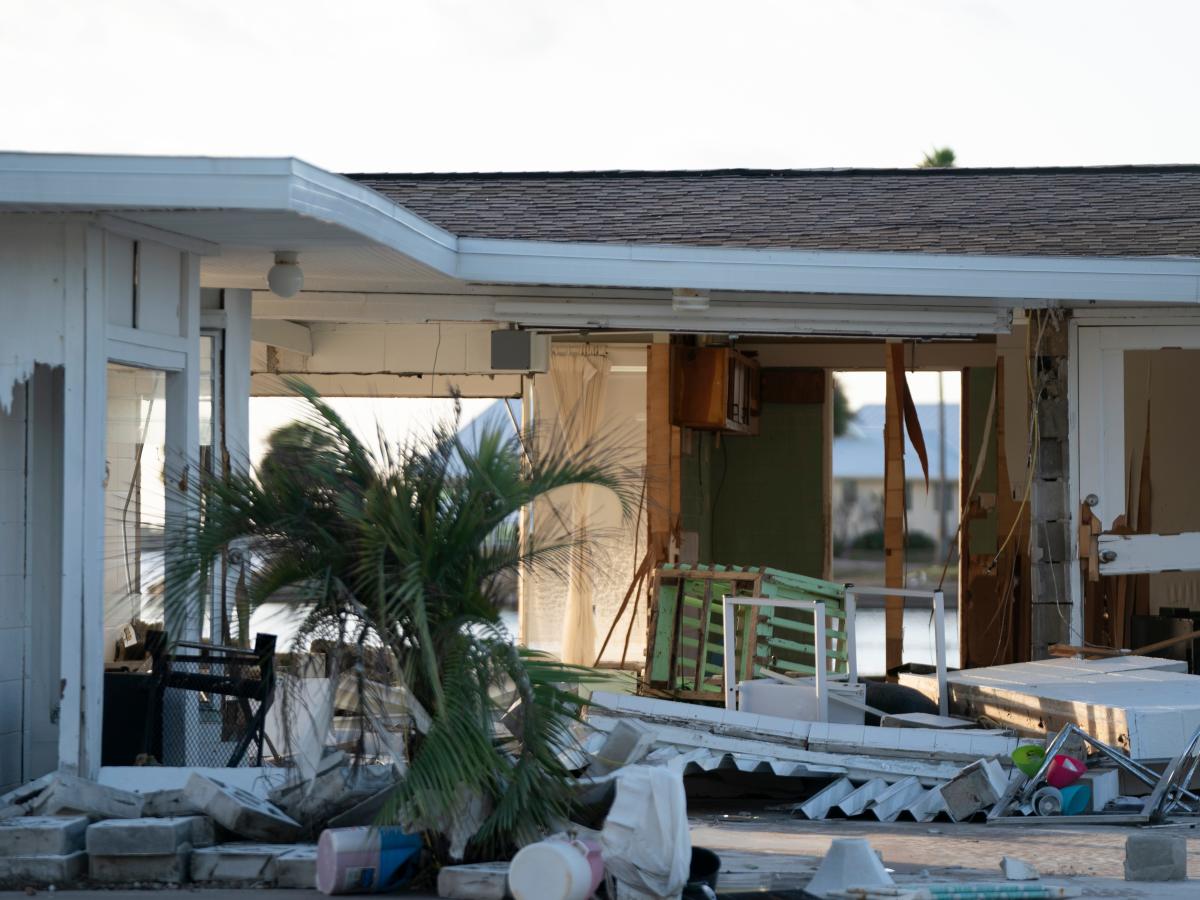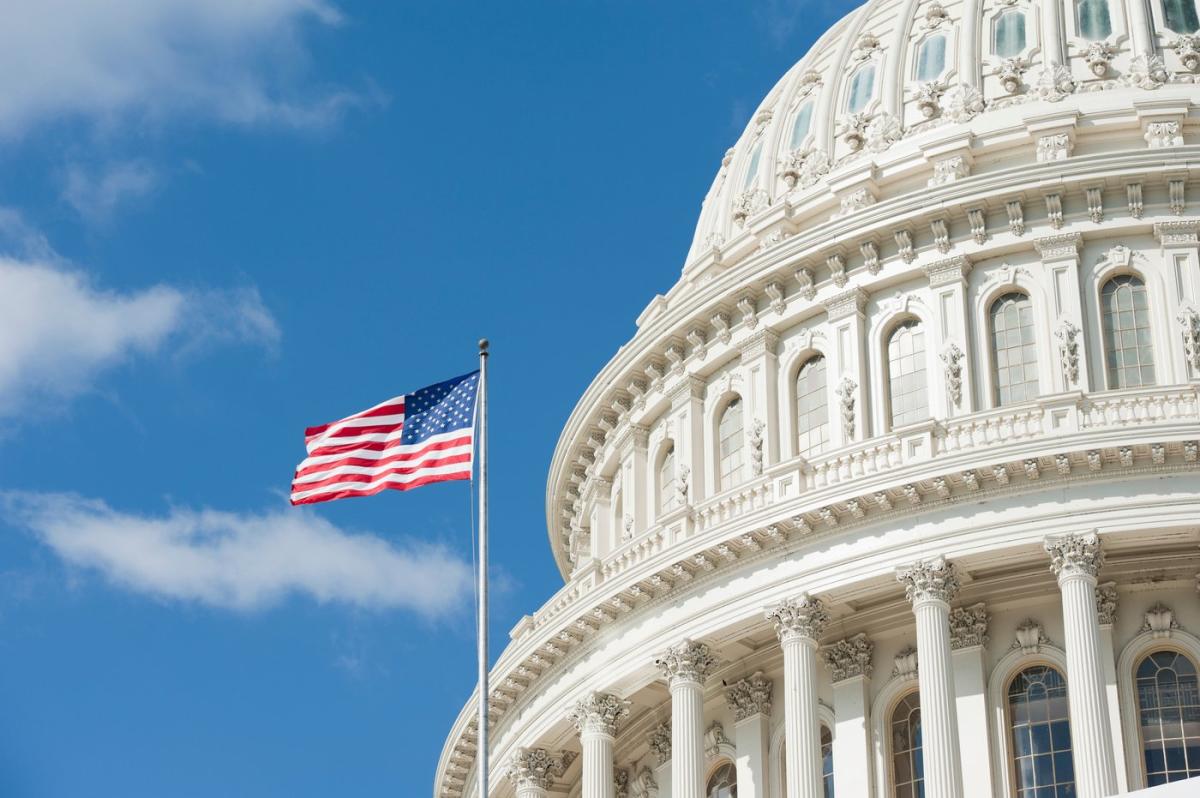Two hurricanes hit Florida in recent weeks, exacerbating a home insurance crisis in the state.
Insurance experts said the back-to-back hurricanes could signal rising insurance rates nationwide.
The global reinsurance market is reckoning with an increasing number of climate catastrophes.
Two back-to-back hurricanes in Florida in recent weeks will likely raise home insurance rates even higher in a state that is already grappling with prices nearly four times the national average, insurance experts told Business Insider.
“Florida represents an outsize amount of risk compared to other areas of the world,” Kyle Ulrich, president and CEO of the Florida Association of Insurance Agents, told BI. “And we pay commensurately for it.”
But it’s not just Florida.
The compounding financial crises of Hurricane Helene and Hurricane Milton could also point to looming hikes in insurance rates nationwide, the home insurance experts said. They pointed to the recent Florida storms as examples of the increasingly severe and frequent climate catastrophes wreaking havoc on the global insurance market.
Florida’s battered home insurance market
Home insurance rates are up across the board in recent years due to a combination of natural disasters and inflation, according to a recent report from insurance comparison shopping site Insurify. Between 2021 and 2023, overall home insurance costs rose nearly 20%, the report found.
And, for mortgaged single-family residences specifically, the average monthly property insurance payment has increased 52% nationally since 2019, according to a 2024 mortgage report from financial services company Intercontinental Exchange.
That number is even higher in regions more at risk of environmental disasters. California has seen several top home insurance agencies pull out or limit their business in the state amid a growing risk of destructive wildfires, while tornado-prone states such as Illinois and Arkansas have seen an uptick in premiums as cyclones become more frequent, according to CBS News.
“Certainly, areas that are chronically hit by storms, you’re seeing either rates increase or insurers pull out completely,” Jeffrey Schlegelmilch, a research scholar and director at Columbia Climate School’s National Center for Disaster Preparedness, told Business Insider.
But nowhere in the country is the home insurance crisis more acute than in Florida.
The state has, in recent years, been battered by a wave of costly hurricanes, seen an influx of new residents, and dealt with fraud over the state’s assignment-of-benefits loophole, said Oscar Miniet, regional executive vice president, Southeast for Renaissance, a nationwide network of independent insurance agencies.
Miniet said the number of insurers willing to write policies in parts of the state most exposed to hurricanes is shrinking, primarily because the potential risk outweighs the possible financial reward. Meanwhile, those that have stuck around, he added, have implemented extremely tight underwriting practices, which leads to homeowners paying far more in premiums, especially in at-risk areas.
Florida cities like Deltona, Jacksonville, and Cape Coral saw the average property insurance payment for mortgaged single-family residences skyrocket 90%, 86%, and 85%, respectively, since 2019, according to an analysis by financial services company Intercontinental Exchange.
Tampa — which sustained severe wind damage when Milton landed near Sarasota on Wednesday evening and a deadly storm surge when Helene touched down last month — has seen insurance payments go up 71% since 2019, Intercontinental Exchange found.
And Helene and Milton are likely to make matters even worse for Florida homeowners, the insurance experts said.
The majority of Helene’s damage in the state was flooding-related, which isn’t included in most home insurance policies.
But Helene also caused wind damage and Hurricane Milton’s gusts were fierce enough to tear the roof off Tampa’s Tropicana Field and spawn several tornadoes that tore through Central Florida. Unlike flooding, wind damage is typically covered by home insurance.
“That is clearly going to have an impact on premiums in the state, said Shahid Hamid, a finance professor at Florida International University and director of the school’s Hurricane Research Center’s Laboratory for Insurance, Financial and Economic Research. “They’re going to go up quite significantly.”
Increased home insurance prices nationwide
While Floridians will bear the brunt of Helene and Milton’s insurance-related pains, homeowners across the country could also soon feel the pain in their pocketbook thanks to the recent storms and other climate disasters like them.
Milton and Helene are one-time events, but storms like them can end up impacting the larger insurance industry, said Jeremy Porter, the head of climate implications research at climate risk evaluation company First Street.
“When insurance costs get increased, they get increased not only in the places where we’re seeing the exposure but they get increased across the industry,” he told Business Insider.
Large insurance companies such as Allstate or State Farm typically take major losses after big storms and, as a result, need to find ways to make up for those loss payouts, Porter said.
“So you’re going to end up seeing people in Kentucky and Idaho and other places that just aren’t anywhere near this event that may see a spike, an increase in their insurance costs, just due to the company’s overhead and the additional payouts that they’re having to make given climate risk in other areas,” Porter said.
But the primary reason homeowners around the country could see their rates rise post-hurricane season is thanks to the global reinsurance market, three insurance experts said.
The reinsurance market, with hubs in London and Bermuda, is where insurance companies can offload some of their risk to a reinsurance company — a kind of insurance company for insurance companies.
An uptick in reinsurance rates in recent years has been a driving force behind climbing insurance rates nationwide, said Kyle Ulrich, president and CEO of the Florida Association of Insurance Agents.
Reinsurance rates are determined by worldwide losses, and when prices increase, insurance companies pass financial responsibility to customers who end up paying higher premiums, Hamid said.
Those increases are, in part, because of climate change. The global reinsurance market has to assess risk against catastrophic events around the globe, from hurricanes in Florida to tsunamis in Japan, Ulrich said.
But as catastrophic climate events become more common worldwide, homeowners everywhere are bearing the risk.
“There used to be five storms a year. Now there are 30 storms a year. There used to be one strong one and nine weak ones. Now there are nine strong ones and one weak one,” said Oscar Seikaly, CEO of NSI Insurance Group, one of the largest privately owned insurance firms in Florida. “So the frequency and severity have been the factors that set the reinsurance industry off guard and put them in panic mode a bit.”
With Hurricanes Helen and Milton shaping up to be massive loss events, reinsurers could be on the hook for paying out billions of dollars of claims, which would, in turn, shrink the reinsurance industry’s capacity to supply capital when it comes time to renew contracts next year, thus driving up premiums in the primary market, Yanjun (Penny) Liao, an economist and fellow at nonprofit research institute Resources for the Future, said.
“Because primary insurers rely on reinsurance everywhere, this could happen even in places that are not hit,” Liao added.
Read the original article on Business Insider





